Killifish Care for Beginners
Killifish are some of the most striking freshwater fish you can keep, with shimmering colors, graceful movement, and peaceful personalities. They’re a wonderful choice for beginners, especially if you’re aiming for a calm, beautiful aquarium that feels like a stress-free escape. While there are over a thousand species, this guide focuses on four beginner-friendly varieties: Gardneri Killifish, Golden Wonder Killifish, Least Killifish, and Rocket Killifish.
If you’ve been curious but hesitant, don’t worry. Killifish care for beginners is simpler than you might think, as long as you start with the right setup and know what to look out for.
How to Choose a Healthy Killifish at the Store?
When selecting killifish, spend a few minutes watching them before you buy. Healthy fish will:
- Show rich color for their species (Gardneri have bright red spots, Golden Wonders are golden-yellow, Rockets have bold black-and-yellow stripes, and Leasts have a subtle golden sheen).
- Swim actively. These fish do not dart nervously, but rather explore their space.
- Have intact, smooth fins without fraying, tears, or white fuzz.
- Breathe normally, without gasping at the surface.
Red Flags to avoid:
- Dull or faded colors (often a sign of stress or illness)
- Lethargy or hiding constantly
- Clamped fins (held tightly against the body)
- White spots, fuzz, or visible parasites
- Fish floating oddly or struggling to swim straight
Buying from a reputable store or breeder, especially one familiar with killifish, greatly reduces the risk of bringing home sick fish. These fish are freely available online. So, only buy from reputable places which guarantee healthy fish.
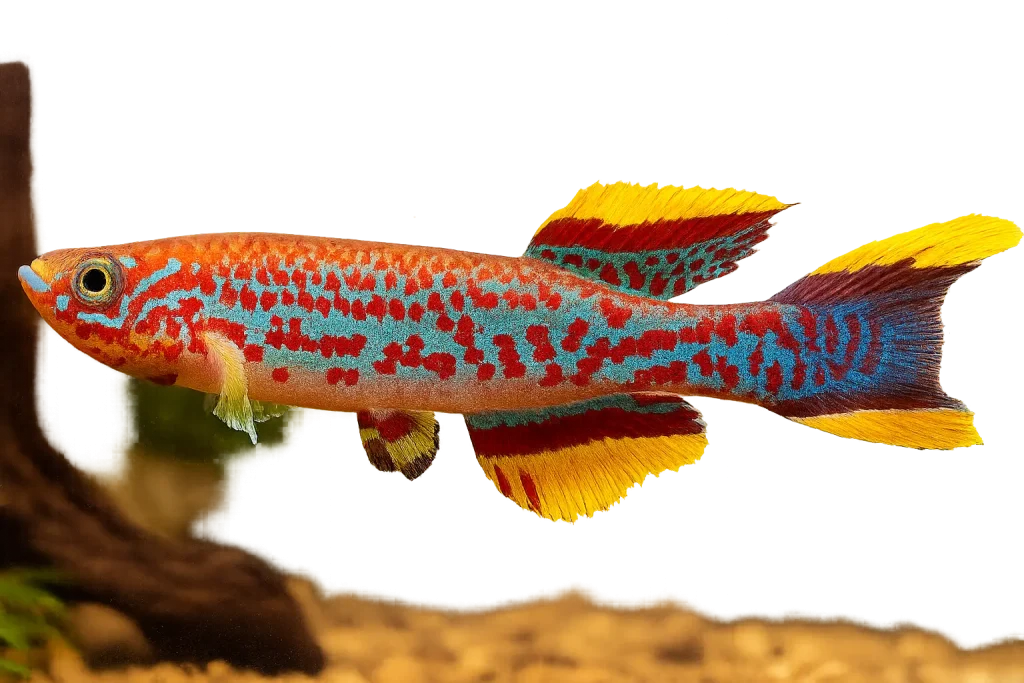
Tank Setup Requirements
Killifish are adaptable, but setting up a stable, comfortable home will keep them at their best. When setting up a home for killifish, size and layout matter more than many beginners realize. Least Killifish are tiny and can do well in a planted 5-gallon tank when kept in a small group, but the larger and more active Gardneri, Rocket, and Golden Wonder Killifish will need a minimum of 15–20 gallons to swim comfortably and stay healthy. Whenever possible, choose a long-style aquarium rather than a tall one, as killifish are horizontal swimmers and appreciate open stretches of water to glide through.
For water conditions, most beginner-friendly species thrive in a gentle 72–78°F (22–26°C) range. The ideal pH depends slightly on the type: Gardneri and Rocket Killifish prefer slightly acidic to neutral water between 6.5 and 7.2, while Golden Wonder and Least Killifish are more at home in neutral to slightly alkaline water, around 7.0 to 7.5. Water hardness can range from soft to moderately hard, depending on the species, so it’s worth checking the specific needs of your chosen fish. Regardless of type, avoid blasting them with strong water movement. So a gentle to moderate flow mimics their natural habitats and keeps them relaxed.
Ideal Tankmates and Which tankmates to Avoid
Killifish are generally peaceful, but personality varies by species.
- Good Tankmates: Small tetras, rasboras, peaceful danios, corydoras, and shrimp. Though Rocket Killifish may snack on tiny shrimp.
- Avoid: Large, aggressive cichlids, fin-nippers like tiger barbs, or very slow fish with long fins like fancy guppies with Golden Wonders.
Golden Wonders can be slightly more assertive, so pair them with similarly sized, active but peaceful fish.
Filtration, Plants, and Lighting
- Filtration: Use a sponge filter or a hang-on-back filter with a gentle flow to avoid stressing them.
- Plants: Killifish love planted tanks. Floating plants like Amazon frogbit provide cover, while fine-leaved plants like Java moss or water sprite make them feel safe.
- Lighting: Moderate light brings out their colors without stressing them. Dappled light from floating plants is ideal.
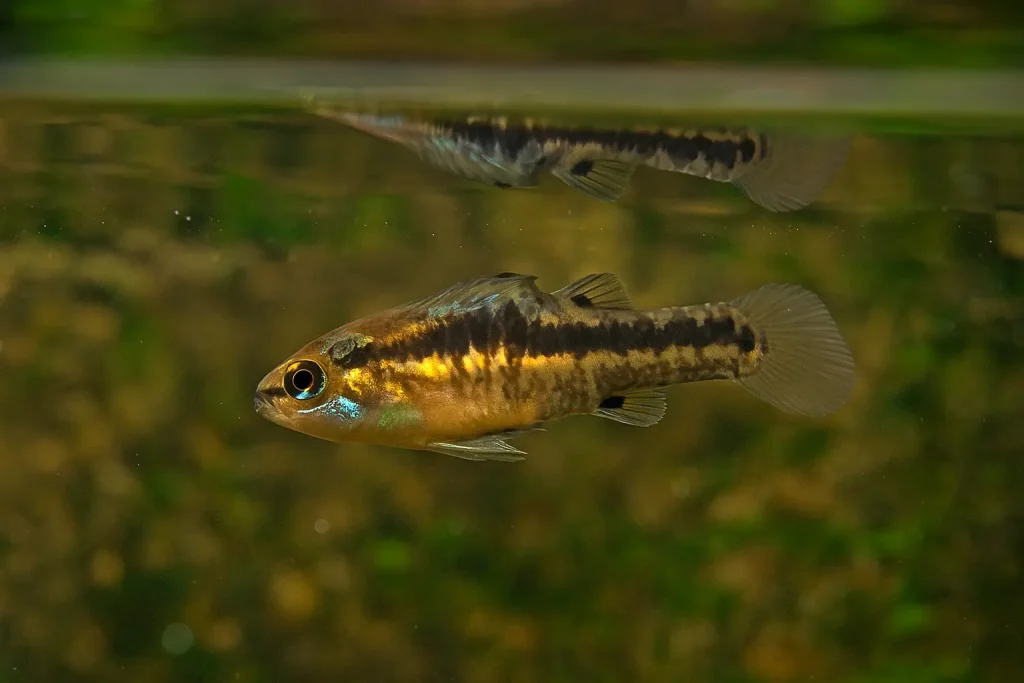
Feeding Tips
Killifish can be either carnivores or omnivores depending on the species. But most share one thing in common, they thrive on a diet rich in protein. In the wild, they often hunt tiny aquatic insects, larvae, and crustaceans, which keeps them active and healthy. In the aquarium, you can replicate this by offering live or frozen foods such as daphnia, brine shrimp, and bloodworms. These not only provide excellent nutrition but also stimulate their natural hunting instincts, which can be a joy to watch.
While live or frozen food should make up the bulk of their diet, variety is important for balanced nutrition. Supplement with high-quality micro-pellets or flakes designed for small carnivorous or omnivorous fish, making sure they’re small enough for the killifish’s mouth size. For omnivorous species, you can also add the occasional crushed spirulina flake or blanched vegetable (like zucchini) for extra fiber.
Feed your killifish 1–2 small meals per day, giving them only as much as they can finish in 2–3 minutes. Overfeeding not only harms water quality but can also cause bloating or other digestive issues. Many killifish are enthusiastic eaters, so it’s tempting to give them “just a little more” . But keeping portions controlled ensures they stay healthy and your tank stays clean.
Behavior and Temperament
- Gardneri Killifish: Peaceful, colorful, and active without being frantic.
- Golden Wonder Killifish: Calm but slightly predatory toward small fry.
- Least Killifish: Shy, very small, perfect for nano tanks.
- Rocket Killifish: Playful, sleek swimmers with striking stripes.
They’re interactive and often watch you through the glass, making them fun without being demanding.
Best Care Tips to Reduce Stress for Both Fish and Human
- Keep the tank covered as killifish are known jumpers.
- Maintain a steady light/dark cycle (8–10 hours of light).
- Offer hiding spots so they can retreat when startled.
- Do small, regular water changes rather than big, stressful ones.
Common Mistakes and How to Avoid Them
- Overcrowding – Even small species need swimming space. Too many fish = stress and illness.
- Overfeeding – Leads to poor water quality and health issues.
- Skipping Water Changes – They tolerate a range of conditions, but dirty water will eventually harm them.
- Uncycled Tank – Always cycle your tank before adding killifish; use test kits to monitor ammonia, nitrite, and nitrate levels.
- Ignoring Jumping Risk – These fish can and will jump if startled or exploring. Keep a tight lid or mesh cover.
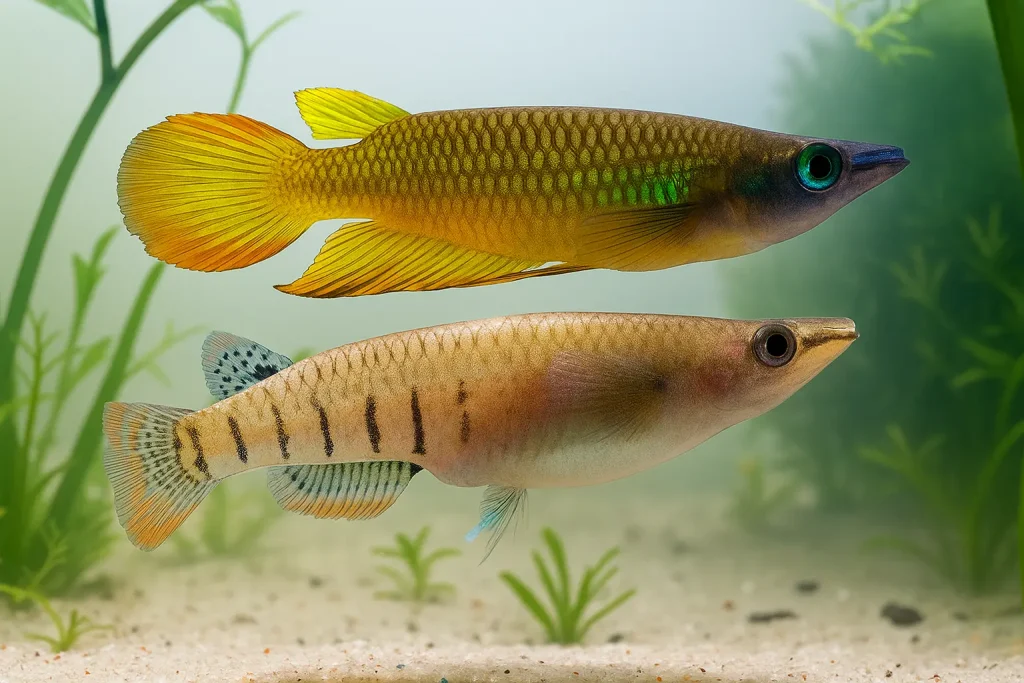
Common Issues
- Ich (White Spot Disease) – Triggered by stress or sudden temp changes. Quarantine new fish and treat promptly.
- Fin Damage – Avoid rough decor and aggressive tankmates.
- Internal Parasites – Buy from reputable sellers and watch for weight loss or white stringy feces.
Why Killifish Are Great for Stress Relief
Their vivid colors, slow gliding movements, and curious nature make them incredibly soothing to watch. In a small, well-kept aquarium, they can be the perfect reminder to pause, breathe, and enjoy life’s small, beautiful moments.
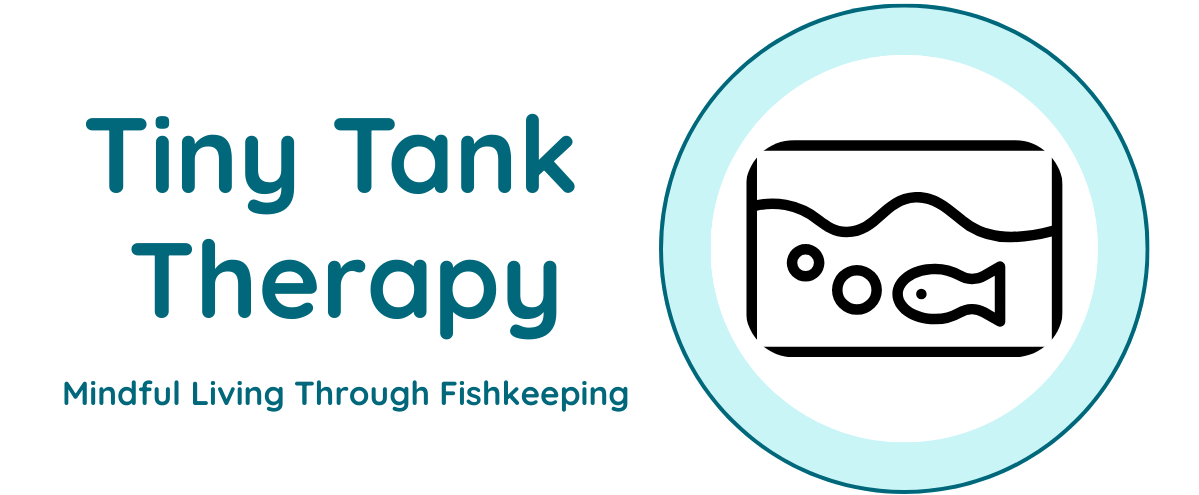
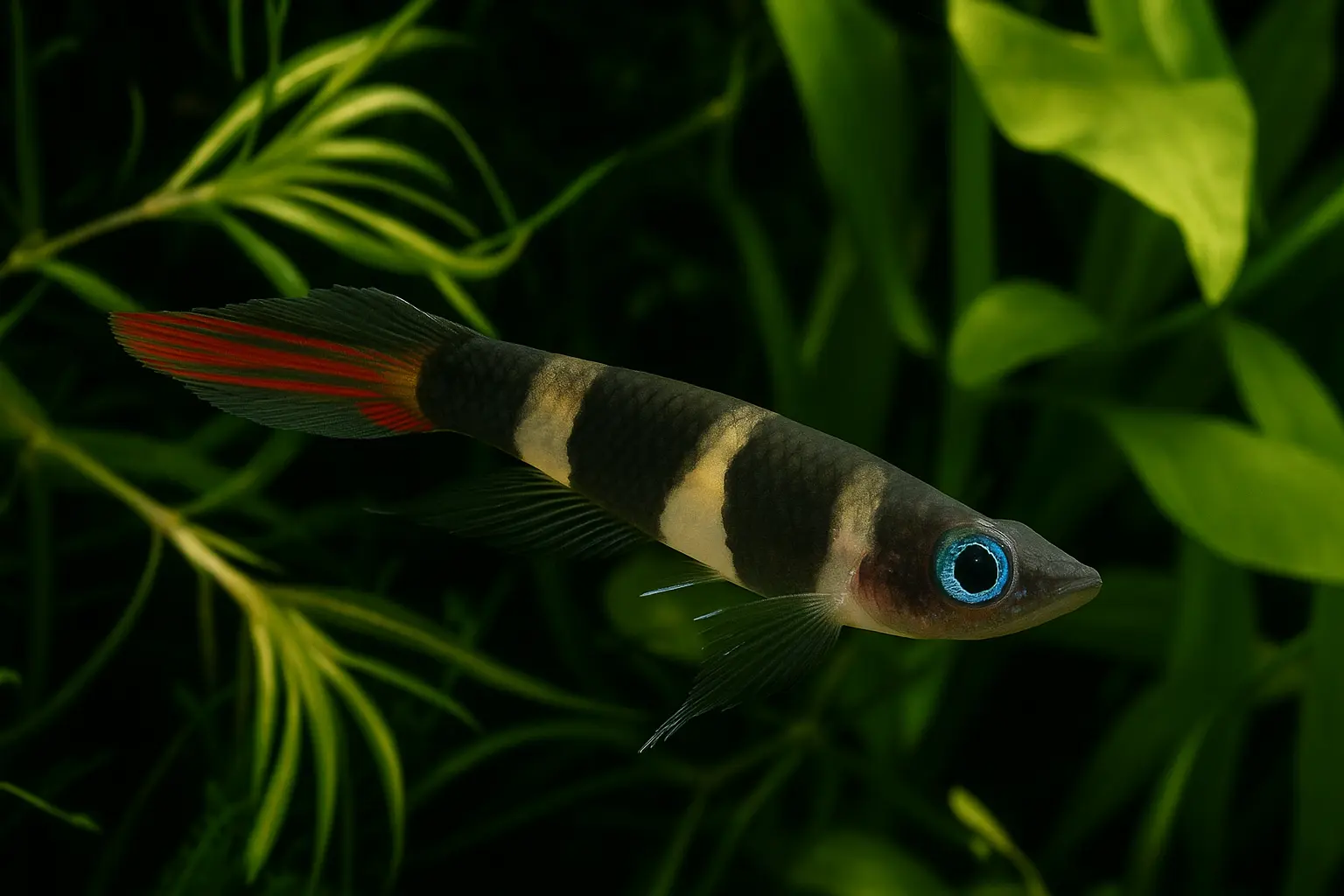
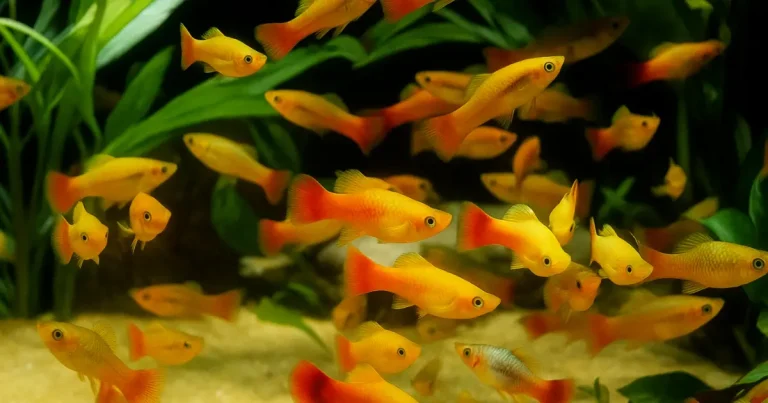
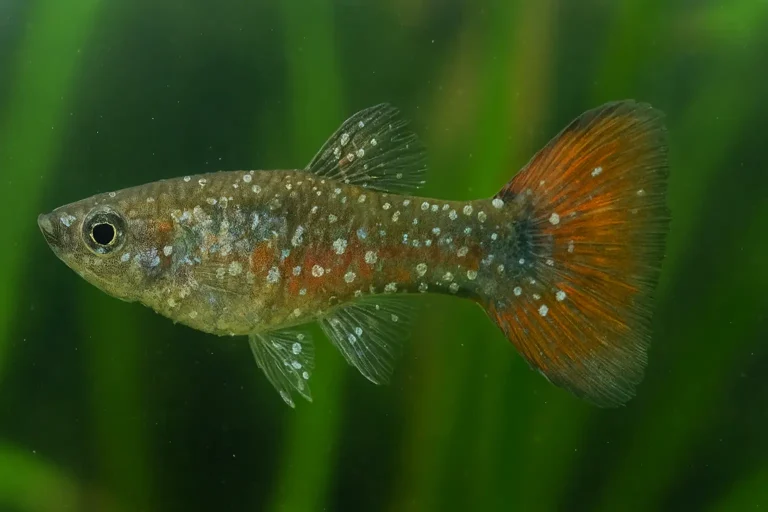
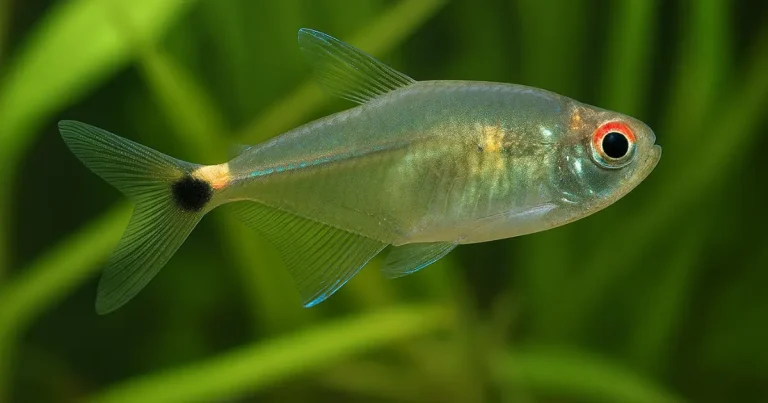
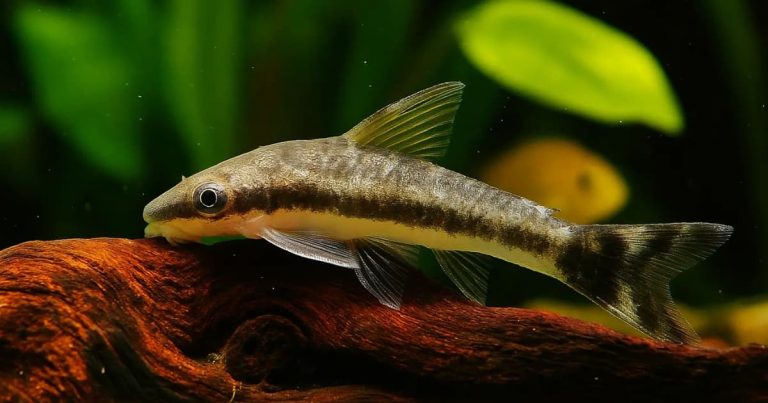
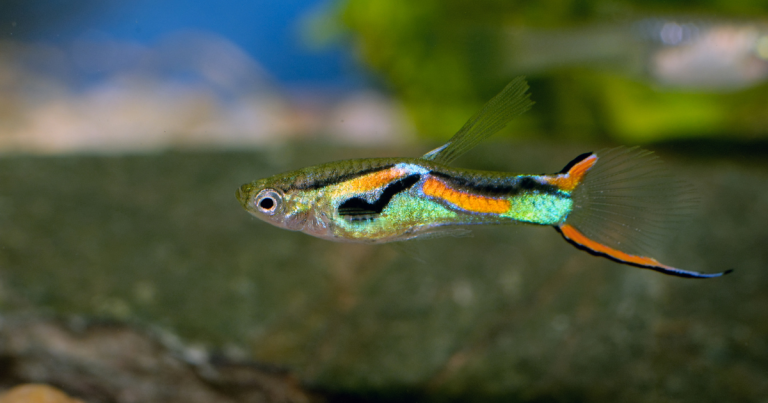
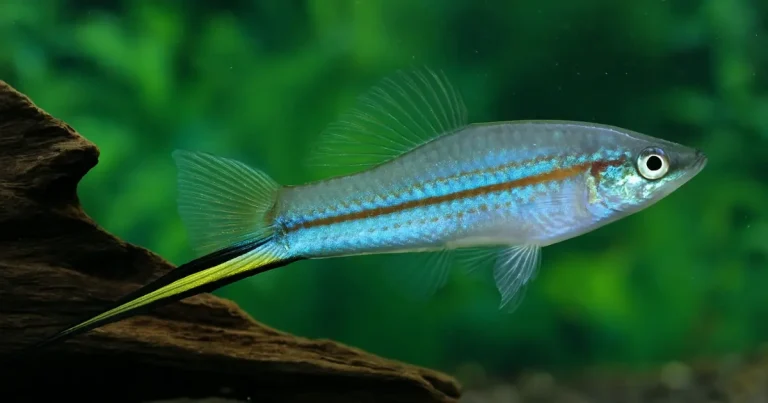
Leave a Reply